-
 bitcoin
bitcoin $102877.190955 USD
1.88% -
 ethereum
ethereum $3430.435064 USD
4.52% -
 tether
tether $0.999264 USD
-0.05% -
 xrp
xrp $2.307310 USD
4.49% -
 bnb
bnb $987.740692 USD
3.82% -
 solana
solana $161.947760 USD
3.97% -
 usd-coin
usd-coin $0.999712 USD
-0.05% -
 tron
tron $0.292810 USD
2.93% -
 dogecoin
dogecoin $0.179738 USD
10.70% -
 cardano
cardano $0.580716 USD
8.75% -
 hyperliquid
hyperliquid $42.463448 USD
8.40% -
 chainlink
chainlink $15.763437 USD
7.05% -
 zcash
zcash $649.595636 USD
17.21% -
 bitcoin-cash
bitcoin-cash $511.610261 USD
7.19% -
 stellar
stellar $0.292537 USD
7.91%
What is the difference between quarterly and perpetual XRP contracts?
Quarterly XRP contracts suit long-term traders with fixed expiry and settlement, while perpetuals offer flexible, continuous trading via funding rates—ideal for short-term speculation.
Oct 20, 2025 at 09:18 pm
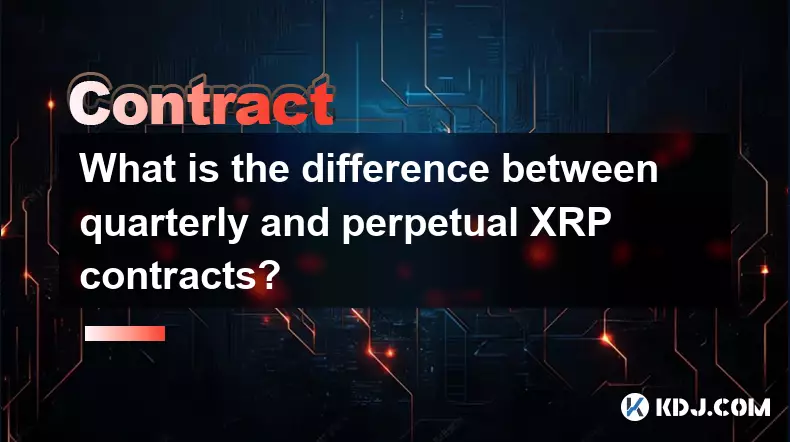
Understanding Quarterly XRP Contracts
1. Quarterly XRP contracts are futures agreements that expire at the end of each quarter, typically in March, June, September, and December. These contracts have a fixed maturity date, meaning traders must settle or roll over their positions before expiration.
2. The pricing of quarterly contracts often reflects long-term market sentiment, as they are influenced by macroeconomic factors and broader market trends over a three-month horizon.
3. Institutions and longer-term traders prefer quarterly contracts due to their alignment with financial reporting cycles and strategic planning timelines.
4. Liquidity in quarterly contracts can vary significantly as the expiration date approaches, with volume often increasing during rollover periods.
5. Settlement for these contracts is usually conducted in cash or physical delivery, depending on the exchange’s rules, adding an extra layer of complexity compared to perpetuals.
Exploring Perpetual XRP Contracts
1. Perpetual XRP contracts do not have an expiration date, allowing traders to maintain open positions indefinitely as long as margin requirements are met.
2. These contracts use a funding rate mechanism to tether their price to the spot market. Every few hours, traders either pay or receive funding based on whether the contract trades above or below the index price.
3. Perpetuals offer greater flexibility for short-term speculation and leverage trading, making them popular among retail traders and day traders.
4. Because they don’t require rolling over positions, perpetual contracts eliminate the need for constant management around expiry dates, reducing operational friction.
5. High-frequency trading bots and algorithmic strategies are commonly deployed on perpetual markets due to their continuous nature and deep liquidity pools.
Key Differences in Trading Mechanics
1. Expiration structure sets the core distinction: quarterly contracts demand position closure or rollover, while perpetuals remain active without time constraints.
2. Funding rates in perpetual contracts create recurring cost implications for holding long or short positions, a factor absent in quarterly futures.
3. Price divergence between perpetual and quarterly contracts can occur temporarily, especially during volatile market phases, creating arbitrage opportunities.
4. Margin calculations differ across platforms, but perpetuals often allow higher leverage, amplifying both gains and liquidation risks.
5. Market depth and order book dynamics tend to favor perpetual contracts on major exchanges, driven by higher participation from speculative traders.
Liquidity and Market Participation Patterns
1. Perpetual XRP contracts generally exhibit superior liquidity, particularly on decentralized and centralized derivatives platforms focused on crypto-native users.
2. Institutional inflows are more visible in quarterly contracts, where regulatory clarity and settlement mechanisms align better with traditional finance practices.
3. The 24/7 nature of cryptocurrency markets intensifies the appeal of perpetuals, enabling continuous exposure without interruption from expiries.
4. Arbitrage desks actively monitor the basis spread between quarterly and perpetual prices, executing trades that help converge discrepancies.
5. Exchange incentives such as fee rebates and liquidity mining programs disproportionately benefit perpetual markets, further widening the liquidity gap.
Frequently Asked Questions
What determines the funding rate in XRP perpetual contracts?The funding rate is calculated based on the difference between the perpetual contract price and the underlying XRP spot index. If the perpetual trades above the index (contango), longs pay shorts. If below (backwardation), shorts pay longs. Rates are updated every eight hours.
Can quarterly XRP futures be closed before expiration?Yes, traders can close their quarterly futures positions at any time before the settlement date. Most participants exit or roll their positions into the next quarter’s contract to maintain exposure.
Why do some traders prefer quarterly contracts despite lower convenience?Quarterly contracts provide clearer risk timelines and are less affected by funding costs. They also serve hedging purposes for businesses holding XRP over defined periods, avoiding the unpredictable outflows associated with perpetual funding payments.
Are perpetual contracts available for all cryptocurrencies?Most major cryptocurrencies including XRP, Bitcoin, and Ethereum have perpetual futures listed on prominent exchanges like Binance, Bybit, and OKX. Availability depends on exchange offerings and regulatory considerations in specific jurisdictions.
Disclaimer:info@kdj.com
The information provided is not trading advice. kdj.com does not assume any responsibility for any investments made based on the information provided in this article. Cryptocurrencies are highly volatile and it is highly recommended that you invest with caution after thorough research!
If you believe that the content used on this website infringes your copyright, please contact us immediately (info@kdj.com) and we will delete it promptly.
- Ripple (XRP) in 2026: Hold or Fold? A Look at XRP's Future and Emerging DeFi Alternatives
- 2025-11-08 18:35:01
- Zcash ZEC Coin Price Explosion: From Privacy Niche to Center Stage
- 2025-11-08 18:55:01
- Berachain Price Prediction: Navigating the Honeycomb Hype in Crypto
- 2025-11-08 18:55:01
- Arthur Hayes, Gold, and Bitcoin: A Modern Monetary Trinity?
- 2025-11-08 19:15:01
- Shiba Inu's Next Move: Navigating a Shifting Market
- 2025-11-08 19:20:01
- Pakistan's Crypto Crossroads: Balancing Opportunity with Asset-Backed Realities
- 2025-11-08 19:20:01
Related knowledge

What is a state machine and how can a contract be designed as one?
Nov 08,2025 at 02:19pm
Understanding State Machines in Blockchain Context1. A state machine is a computational model used to design systems that transition between defined s...
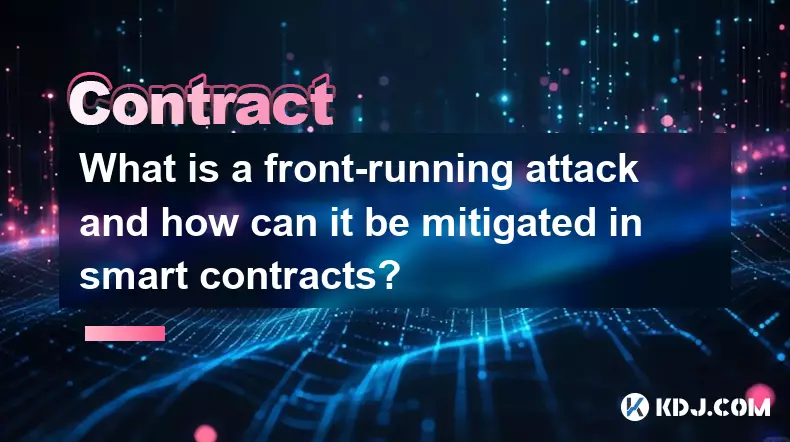
What is a front-running attack and how can it be mitigated in smart contracts?
Nov 08,2025 at 11:20am
Understanding Front-Running in Blockchain Transactions1. In the context of blockchain and decentralized applications, a front-running attack occurs wh...
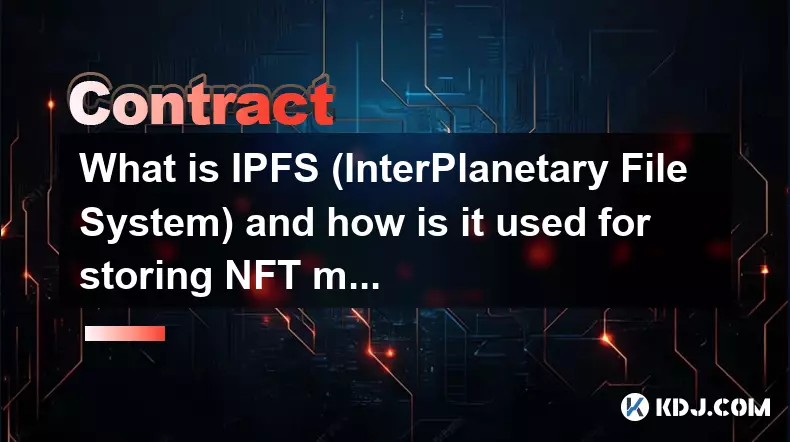
What is IPFS (InterPlanetary File System) and how is it used for storing NFT metadata?
Nov 08,2025 at 06:00pm
Understanding IPFS and Its Role in Decentralized Storage1. The InterPlanetary File System (IPFS) is a peer-to-peer hypermedia protocol designed to mak...
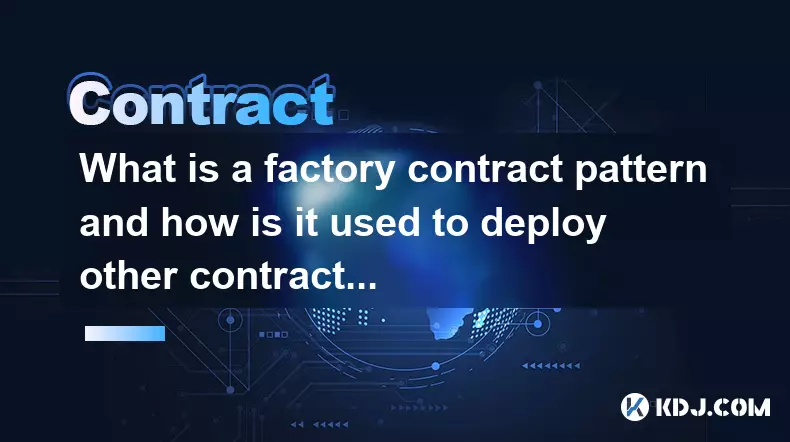
What is a factory contract pattern and how is it used to deploy other contracts?
Nov 08,2025 at 04:39pm
Understanding the Factory Contract Pattern in Blockchain DevelopmentThe factory contract pattern is a design approach used in smart contract developme...

What are flash loans and how do they allow for uncollateralized borrowing?
Nov 08,2025 at 10:39am
Understanding Flash Loans in Decentralized Finance1. Flash loans represent a novel innovation within the decentralized finance (DeFi) ecosystem, enabl...
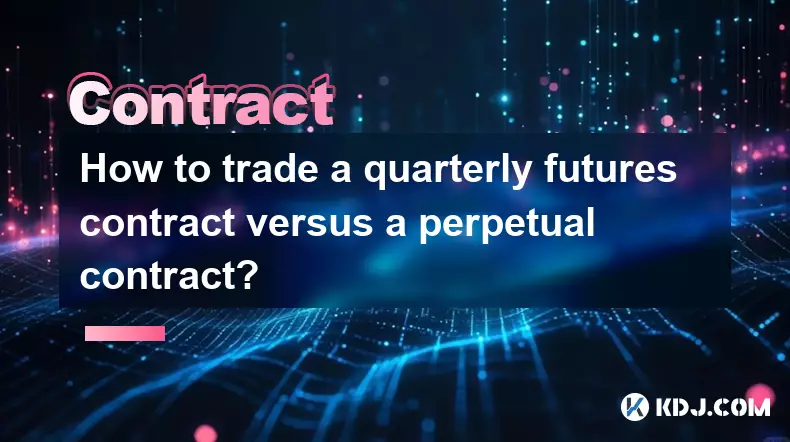
How to trade a quarterly futures contract versus a perpetual contract?
Nov 06,2025 at 06:44am
Understanding the Core Differences Between Quarterly and Perpetual Contracts1. Quarterly futures contracts have a fixed expiration date, typically set...

What is a state machine and how can a contract be designed as one?
Nov 08,2025 at 02:19pm
Understanding State Machines in Blockchain Context1. A state machine is a computational model used to design systems that transition between defined s...

What is a front-running attack and how can it be mitigated in smart contracts?
Nov 08,2025 at 11:20am
Understanding Front-Running in Blockchain Transactions1. In the context of blockchain and decentralized applications, a front-running attack occurs wh...

What is IPFS (InterPlanetary File System) and how is it used for storing NFT metadata?
Nov 08,2025 at 06:00pm
Understanding IPFS and Its Role in Decentralized Storage1. The InterPlanetary File System (IPFS) is a peer-to-peer hypermedia protocol designed to mak...

What is a factory contract pattern and how is it used to deploy other contracts?
Nov 08,2025 at 04:39pm
Understanding the Factory Contract Pattern in Blockchain DevelopmentThe factory contract pattern is a design approach used in smart contract developme...

What are flash loans and how do they allow for uncollateralized borrowing?
Nov 08,2025 at 10:39am
Understanding Flash Loans in Decentralized Finance1. Flash loans represent a novel innovation within the decentralized finance (DeFi) ecosystem, enabl...

How to trade a quarterly futures contract versus a perpetual contract?
Nov 06,2025 at 06:44am
Understanding the Core Differences Between Quarterly and Perpetual Contracts1. Quarterly futures contracts have a fixed expiration date, typically set...
See all articles





















![The Graph Price Prediction [GRT Crypto Price News Today] The Graph Price Prediction [GRT Crypto Price News Today]](/uploads/2025/11/07/cryptocurrencies-news/videos/690d4df44fe69_image_500_375.webp)



















































